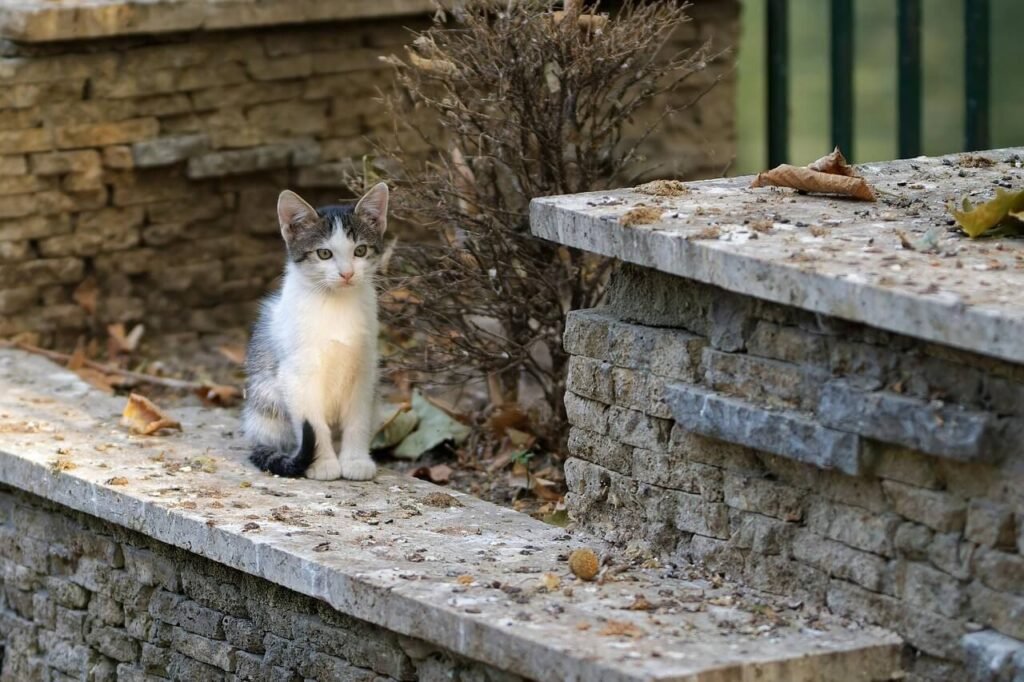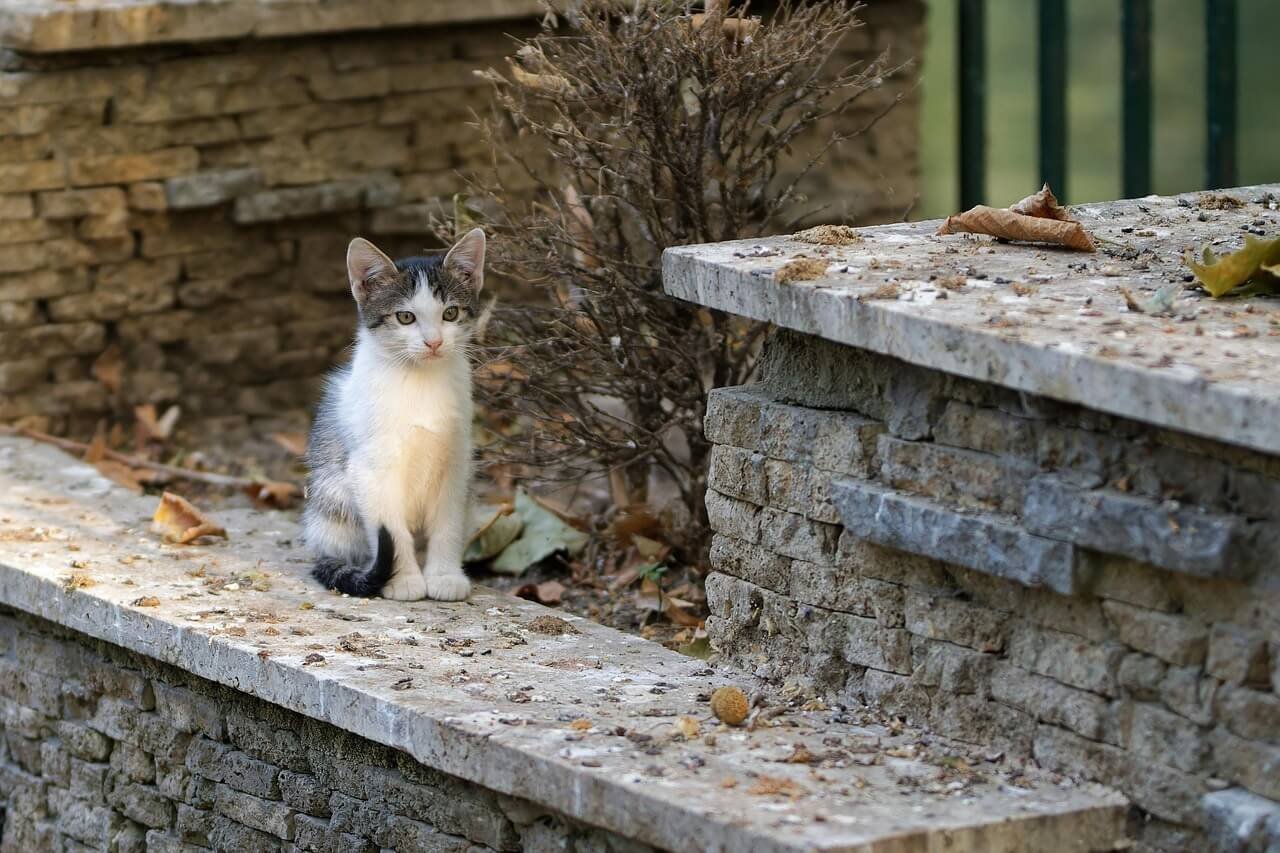Pale Cat Poop: What It Means and What You Should Do
As a cat owner, paying attention to your feline’s bathroom habits is an essential part of ensuring their health and well-being. One unusual but notable change you might notice is pale cat poop. While it may seem like a minor detail, the color of your cat’s stool can provide valuable insights into their digestive health and overall condition. Pale or unusually light-colored poop can sometimes indicate underlying issues that require attention. In this article, we’ll explore the possible causes of pale cat poop, how to identify when it’s a concern, and what steps you can take to address it. Understanding these signs can help you act quickly and keep your furry friend in top shape.
Why Is My Cat’s Poop Pale? Possible Explanations
Pale cat poop can be alarming, but it often points to specific changes in your cat’s diet, digestion, or health. Here are some common reasons why your cat’s stool might appear lighter than usual:
Dietary Changes :
Sudden shifts in food, especially to low-quality or unfamiliar ingredients, can affect stool color.Liver Issues :
Pale poop may indicate problems with bile production, which is linked to liver function.Gallbladder Problems :
A malfunctioning gallbladder can disrupt bile flow, leading to lighter-colored stools.Pancreatic Disorders :
Conditions like pancreatitis can interfere with digestion and result in pale feces.Parasites or Infections :
Intestinal parasites or bacterial infections can alter stool appearance and consistency.
While occasional variations in stool color aren’t always a cause for concern, persistent paleness should prompt further investigation. Monitoring other symptoms will help determine if veterinary care is needed.
When Pale Stool Signals Trouble: Red Flags to Watch For
Not all instances of pale cat poop require immediate action, but certain accompanying symptoms can indicate a more serious issue. If you notice any of the following signs alongside pale stool, it’s time to consult your veterinarian.
Lethargy or Weakness :
A lack of energy or unusual tiredness could suggest systemic health problems.Loss of Appetite :
Refusal to eat or drink may point to digestive or metabolic issues.Vomiting or Diarrhea :
Frequent vomiting or loose stools can signal gastrointestinal distress.Jaundice (Yellowing of Gums or Skin) :
Yellow discoloration indicates potential liver dysfunction.Weight Loss :
Unexplained weight loss often accompanies serious health conditions.
If your cat exhibits any of these symptoms alongside pale poop, don’t delay seeking professional advice. Early intervention can prevent complications and ensure your cat receives timely treatment.
Check this guide 👉White Dots in Cat Poop: Best 7 Health Tips!
Check this guide 👉Yellow Cat Poop: Best 7 Expert Tips!
Check this guide 👉Black Cat Poop: Best 7 Expert Tips!

Possible Causes of Pale Cat Poop | Steps to Address the Issue |
|---|---|
Dietary changes | Gradually transition to a new diet |
Liver issues | Consult a vet for blood tests and diagnosis |
Gallbladder problems | Seek veterinary imaging and treatment |
Pancreatic disorders | Provide enzyme supplements as advised by vet |
Parasites or infections | Administer deworming medication or antibiotics |
Keeping Track: Tips for Observing Your Cat’s Digestive Health
Monitoring your cat’s stool regularly can help you detect changes early and address potential issues before they escalate. Here are some tips for keeping an eye on your cat’s digestive health:
Observe Consistency :
Note whether the stool is firm, soft, or watery, as consistency reflects digestive function.Check Color Variations :
Compare the current color to your cat’s normal stool shade to identify abnormalities.Watch for Frequency :
Pay attention to how often your cat defecates, as changes in frequency can signal problems.Look for Blood or Mucus :
The presence of blood or mucus warrants immediate veterinary evaluation.Maintain a Log :
Record observations over time to share with your vet if concerns arise.
By staying vigilant and documenting patterns, you can provide valuable information to your veterinarian and ensure your cat receives appropriate care.
Promoting Digestive Wellness: How to Keep Your Cat’s Stool Normal
Prevention is key to maintaining your cat’s digestive health and avoiding issues like pale poop. These proactive measures can help support your cat’s overall well-being and minimize risks.
Feed High-Quality Food :
Choose nutrient-rich, balanced diets specifically formulated for cats.Provide Hydration :
Ensure access to fresh water at all times to prevent dehydration and constipation.Avoid Sudden Diet Changes :
Transition foods gradually over 7–10 days to allow your cat’s system to adjust.Schedule Regular Vet Check-Ups :
Routine exams can catch underlying health issues before they manifest in stool changes.Keep Parasites Under Control :
Use preventive treatments for fleas, ticks, and worms to protect your cat’s digestive tract.
Taking these steps can reduce the likelihood of digestive problems and promote long-term health for your feline companion.
What Normal Cat Poop Looks Like: Indicators of Good Health
Understanding what healthy cat poop looks like is just as important as recognizing abnormalities. A well-functioning digestive system produces consistent, normal stools. Here are the characteristics of healthy cat poop:
Dark Brown Color :
Stool should be a rich, dark brown, indicating proper bile processing.Firm but Not Hard Texture :
Well-formed, log-shaped stools suggest good digestion and hydration levels.Minimal Odor :
While some smell is normal, excessively foul odors can indicate dietary or health issues.Regular Frequency :
Most cats defecate once daily, though slight variations are normal depending on diet.No Visible Blood or Mucus :
Clean, uniform stools without foreign substances are a sign of a healthy gut.
Knowing these markers helps you quickly identify when something is off. Regular observation ensures you catch potential problems early and maintain your cat’s digestive health.
Fine-Tuning Nutrition: How Diet Impacts Stool Quality
Your cat’s diet plays a crucial role in their stool quality and overall digestive health. If you notice pale poop or other irregularities, adjusting their diet might help. Here are some dietary changes to consider:
Switch to High-Fiber Foods :
Fiber aids digestion and can improve stool consistency if your cat struggles with loose or pale feces.Introduce Probiotics :
Probiotic supplements promote gut flora balance, supporting healthier digestion.Limit Treats and Human Food :
Overindulgence in snacks or table scraps can upset your cat’s stomach and alter stool color.Choose Easily Digestible Proteins :
Chicken, turkey, and fish are gentler on the digestive system compared to harder-to-digest proteins.Avoid Artificial Additives :
Preservatives, colors, and fillers in low-quality foods can irritate your cat’s gut and affect stool appearance.
By making thoughtful adjustments to your cat’s diet, you can often resolve minor digestive issues and restore normal stool patterns. Always transition slowly to avoid further disruption.
Why Water Matters: Preventing Pale Poop Through Proper Hydration
Dehydration can significantly impact your cat’s digestive system, potentially leading to pale poop or other stool irregularities. Ensuring your cat stays hydrated is vital for maintaining their overall health. Here’s how hydration affects digestion:
Prevents Constipation :
Adequate water intake keeps stools soft and prevents blockages that could cause abnormal colors.Supports Liver Function :
The liver needs water to produce bile, which gives stool its normal brown color.Encourages Toxin Elimination :
Proper hydration helps flush toxins from the body, reducing strain on the digestive system.Reduces Risk of Urinary Issues :
Cats prone to urinary tract problems benefit from increased water intake, indirectly supporting digestion.Promotes Nutrient Absorption :
Water aids in breaking down food and absorbing essential nutrients, improving overall stool quality.
Ensuring your cat drinks enough water—or transitioning to wet food for added moisture—can make a significant difference in their digestive health. A hydrated cat is a happy and healthy cat!
Frequently Asked Questions About Pale Cat Poop
Is pale cat poop always a sign of illness?
Not necessarily, but persistent paleness should be evaluated by a vet.
Can stress cause changes in my cat’s stool color?
Yes, stress can impact digestion and lead to temporary changes in stool appearance.
How quickly should I see a vet if my cat’s poop is pale?
If accompanied by other symptoms like lethargy or jaundice, seek care immediately.
Does diet alone cause pale poop?
Sometimes, but prolonged paleness despite dietary adjustments may indicate an underlying issue.
Can hydration affect my cat’s stool color?
Yes, dehydration can alter stool texture and color, so ensure your cat drinks enough water.
Final Thoughts: Prioritizing Your Cat’s Digestive Health
Pale cat poop may seem like a small detail, but it can reveal significant information about your cat’s overall health. By staying observant, understanding potential causes, and acting promptly when necessary, you can ensure your furry friend remains happy and healthy. Remember, prevention and early detection are key to addressing digestive issues before they become serious. If you ever feel uncertain about your cat’s condition, don’t hesitate to reach out to your veterinarian—they’re your best resource for personalized advice. With love, care, and vigilance, you can keep your cat thriving for years to come.
Can a Cat Die from a Cold? Best 7 Expert Tips! Learn how to identify, treat, and prevent feline colds while understanding when to seek veterinary care for your cat’s health.
Cat Screaming for Food: Best 7 Expert Tips! Discover effective strategies to manage your cat's food-related vocalizations and create a peaceful feeding routine.
Aspiration Pneumonia in Cats: Best 7 Expert Tips! Discover causes, symptoms, and treatment advice to protect your cat’s respiratory health and ensure a speedy recovery.
Hip Dysplasia in Cats: Best 7 Expert Tips! Discover expert advice on managing hip dysplasia in cats, from symptoms and prevention to treatment options for a happier, healthier feline life.





